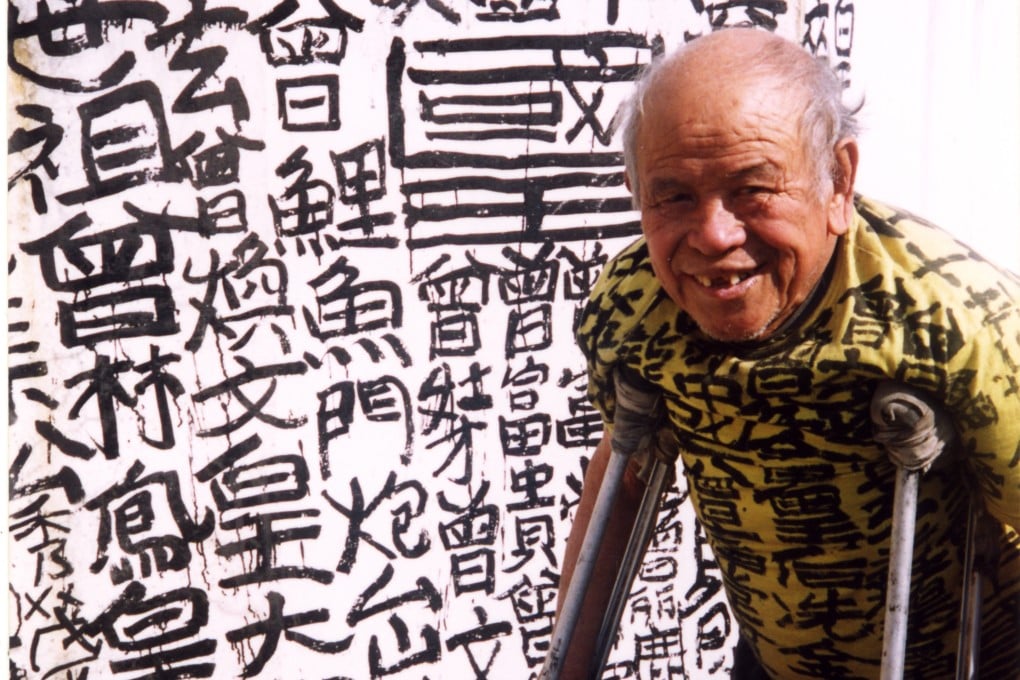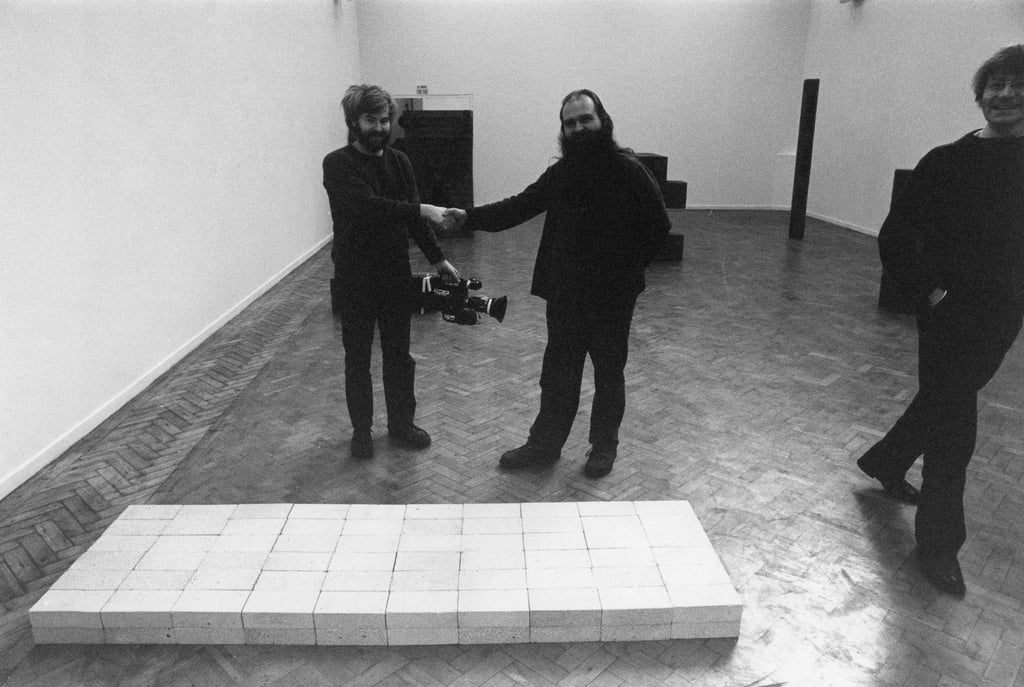Opinion | Let’s hear it for the ‘King of Kowloon’ – whatever you may have thought of him, his graffiti art was a part of Hong Kong
- Art comes in many shapes and forms; Tsang Tsou-choi, whose graffiti was seen all over Hong Kong, was celebrated in the press and at art shows
- An eccentric character who didn’t believe in hygiene and was avoided by his relatives, Tsang’s works brightened up Hong Kong until bureaucrats painted over them

As a poor teenage art student in the late 1970s, I took a summer job on a building site in Britain. If I was incautious enough to admit what I was studying, I would immediately be asked how much I’d be willing to pay for the nearest pile of rubble.
The reason was this: the American minimalist sculptor Carl Andre had just sold Equivalent VIII (1966) – which was nothing more than a stack of 120 firebricks – to the Tate Gallery in London for £2,297, then about eight months’ wages for the average worker.
The public cried: “But it’s just a pile of bricks.” Curators replied: “You don’t understand art.” Cue much scoffing from construction workers.
This brings us to Kowloon and its environs, and to its self-styled monarch Tsang Tsou-choi (1921-2007), whose reputation as an artistic genius gets shinier by the minute. Vast amounts of ink and no little cash have been expended in promoting the legend of the ‘King of Kowloon’.

Tsang’s works were exhibited at the Venice Biennale, and smaller items he’d devised (though his preferred canvas was the city streets) sold for millions. He’s been mollycoddled by art critics, and hailed as the embodiment of the true spirit of Hong Kong.
